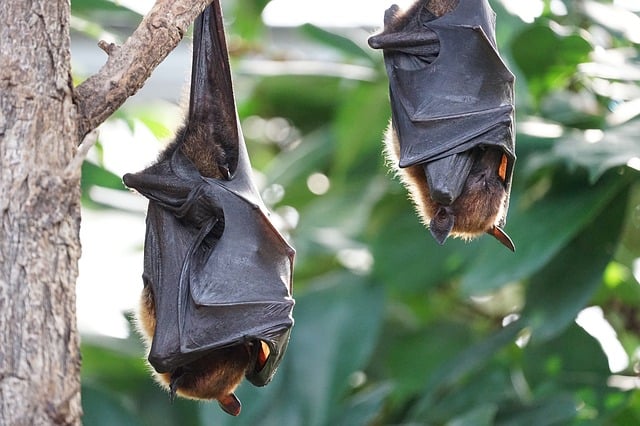A team of scientists led by Jack Gilbert of the University of California at San Diego conducted a large-scale census of microscopic symbionts in African bats. Scientists analyzed the composition of bacteria in the body of bats from the different parts of Africa and found that they are quite different from the symbionts of other mammals. In addition, the difference in the set of microbes did not depend on the evolutionary distance between bat species. This may mean that they are not as dependent on their bacteria as other mammals.
Bats have many unique properties for mammals: in addition to the ability to fly, they are known for their longevity, ability to carry many viruses without harm to health, increased body temperature and reduced immunity activity. Many of these physiological parameters in mammals are associated with the activity of intestinal microbes – for example, they can regulate the level of immune aggression in the body.
To study this, the researchers collected samples of bacteria from the intestines, from the mouth and from the skin of 497 bats from nine different families. Individuals were caught all over the continent in different habitats, from coastal to mountainous areas.
Scientists have found that the set of bacteria in the mouth and skin of bats is generally similar to other mammals, but the inhabitants of the intestine are very different. Mammals are more likely to be dominated by the Firmicutes group and bats by the Proteobacteria group. It is known that proteobacteria dominate the intestines of birds, so it can be assumed that this feature bats acquired along with the flight.
Then, researchers tried to establish a correlation between the set of bacteria, diet, habitat and taxonomic affiliation of bats. They found that food explains less than 5% of the diversity of gut microbes. The geographical affiliation of animals allowed explaining up to 10% of the diversity.
Interesting was how microbial composition differed in different groups of mice. Despite the fact that it was strongly similar in individuals of the same species, different species of differences were not proportional to the degree of their kinship. In other words, in large groups – genera and families – of bats, scientists have not found common adaptations to interact with certain bacteria. From this, they concluded that bats are less dependent on their symbionts, and they do not play a key role in their physiological functions.
